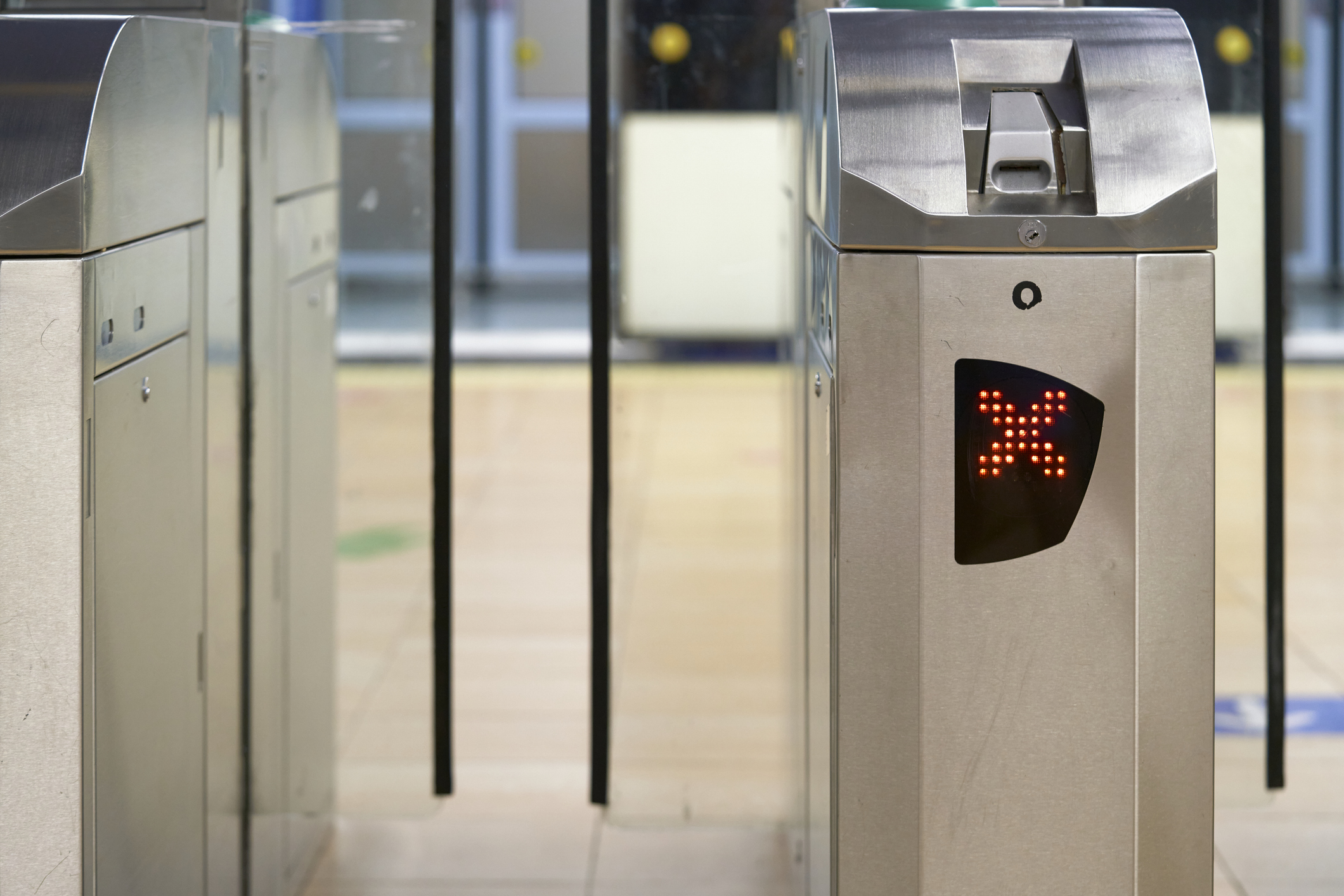What the EU’s new Entry/Exit System means for your holiday
Brits are facing longer waits at EU borders and are being urged to be ready to show insurance documents. How does the new Entry/Exit System work?


British travellers are being advised to expect longer queues and to ensure they have travel insurance after the European Union’s new Entry/Exit system (EES) went live this week.
Since 12 October, non-EU citizens now need to provide fingerprints and a facial scan when crossing into the trading bloc, which could hit many heading off on a holiday.
The system is being gradually introduced at borders, with full implementation due by 10 April 2026.
MoneyWeek
Subscribe to MoneyWeek today and get your first six magazine issues absolutely FREE

Sign up to Money Morning
Don't miss the latest investment and personal finances news, market analysis, plus money-saving tips with our free twice-daily newsletter
Don't miss the latest investment and personal finances news, market analysis, plus money-saving tips with our free twice-daily newsletter
The aim is to keep track of those who enter and exit the Schengen Zone and ensure people do not overstay their permitted time – 90 days in any 180-day period.
If you break the rules, you may face fines ranging from €500 to €10,000 depending on the country and the length of the overstay, plus you could be banned from re-entering.
Travel experts are warning that the extra checks, combined with a lack of awareness, means holidaymakers should prepare for longer waits at the border, especially with many due to travel for half term holidays later this month.
It is important to allow enough time as travel insurers won’t cover EES-related delays.
The Association of British Insurers (ABI) said: “Travel insurance is unlikely to cover any losses incurred as a result of delays caused by EES queues.
“Be sure to plan in advance, allow enough time for delays, or book earlier travel if you need to arrive somewhere abroad at a certain time or example, a cruise departure.”
Some individual countries may even ask for proof of medical insurance, so the ABI advises having travel cover in place.
The ABI said: “While the EES system itself does not mandate travel insurance, border officials or EES kiosks may inquire about it.
“Some individual countries (such as France) may require proof of adequate medical coverage for entry. This is a national rule, not an EES rule.”
What is the Entry/Exit System (EES)?
The aim of the EES is to replace passport stamping for all non-EU citizens and help track compliance with the 90-day visa-free travel rule.
EES will eventually be a requirement when entering all Schengen area countries including Iceland, Liechtenstein, Norway and Switzerland.
The new system will be phased in over six months, meaning different ports may have varying requirements until April 2026.
Countries that have already started installing the EES machines at border control include Austria, Belgium, Croatia and Denmark but it may vary depending on where you land.
How does the EES work?
Under the new rules, British passport-holders and other non-EU nationals will need to register on their first visit to a country where EES checks are operating.
When you arrive in a participating country, you will need to scan your passport and have your fingerprints and photograph taken.
There will be questions to complete such as the reason for your visit and whether you have medical insurance.
Registration is valid for a rolling three-year period or until your passport expires.
Rather than having your passport checked at the end of your trip, you will only need to scan your passport and provide either fingerprints or a photograph at the border.
For travellers using the Port of Dover, Eurotunnel at Folkestone or Eurostar at St Pancras International, the process will take place at the border before they leave the UK.
Who has to follow the EES rules?
The rules will affect most Brits unless you are covered by Withdrawal Agreement residence documents or have an EU passport.
Children under 12 will not be fingerprinted but under the new EU rules, all travellers, including babies, will be photographed and have digital records created.
You will need to complete the checks at any participating airports.
The rules for cruises are slightly different.
Cruises starting and ending in the UK are exempt from EES, even if they include stops in Schengen ports. But you will need to comply if you are embarking or disembarking in a Schengen country.
EES will not be required when travelling to Ireland and Cyprus.
Steve Witt, co-founder at travel agency Not Just Travel, added: “When travelling across an external EU border for the first time, British travellers may face slightly longer queues. However, the new EES scheme has been carefully planned, and we’re confident it will run smoothly. It’s a small adjustment that will soon feel routine and help make travel across Europe even more efficient.”
How to avoid EES delays
The checks should only take around two minutes for each person, but the British government has warned that it may lead to longer wait times at border control or at ports.
Your travel insurance is unlikely to cover you if you miss a flight due to delays so experts advise turning up early and having any documentation such as proof of accommodation and medical cover to hand as border officials may ask further questions about your trip.
Yasmin Peskel, travel expert at Blue Cruise, said: “The EES is a fundamental change to how we enter the EU. If people take it seriously and prepare, they’ll get through it fine. But if they treat it like the old system, the risk of starting your holiday in chaos is very real.”
Get the latest financial news, insights and expert analysis from our award-winning MoneyWeek team, to help you understand what really matters when it comes to your finances.

Marc Shoffman is an award-winning freelance journalist specialising in business, personal finance and property. His work has appeared in print and online publications ranging from FT Business to The Times, Mail on Sunday and the i newspaper. He also co-presents the In For A Penny financial planning podcast.

